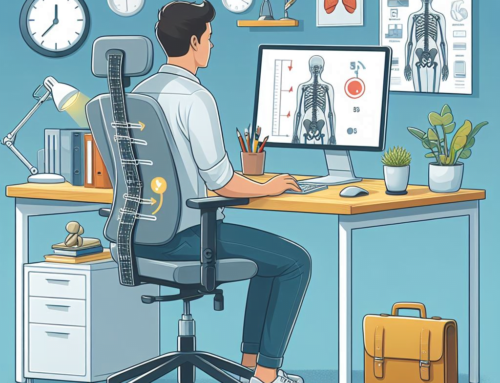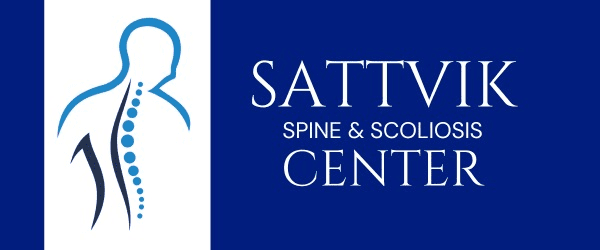In today’s fast-paced digital age, where screens have become an inseparable part of our lives, a new concern has emerged: Tech Neck Syndrome. As we spend hours engrossed in our smartphones, tablets, and computers, our necks are paying the price. In this article, we delve into the details of Tech Neck Syndrome, its causes, symptoms, and most importantly, how to prevent it from disrupting our digital lifestyles.
The Rise of Tech Neck Syndrome
The Modern Dilemma of Tech Neck
In an era where staying connected is synonymous with staying online, our bodies are adapting to new postures. The prolonged tilting of the head downward to view screens has led to a surge in cases of Tech Neck Syndrome.
Understanding the Mechanics
When we crane our necks to look at screens, we subject our cervical spine to unnatural stress. The human head, which weighs around 10 to 12 pounds, exerts significantly more pressure on the neck as it tilts forward. Imagine the strain this repetitive motion inflicts on the delicate muscles, tendons, and ligaments in the neck area.
Symptoms and Beyond
Recognizing Tech Neck Symptoms
Tech Neck Syndrome doesn’t just affect the neck; its consequences extend to the entire upper body. From persistent neck pain and headaches to shoulder tension and even compromised breathing patterns, the symptoms can be diverse and far-reaching.
The Psychological Angle
The impact of Tech Neck Syndrome isn’t purely physical. Feeling discomfort and pain due to our devices can lead to a negative perception of technology itself. We might find ourselves torn between the convenience of our digital devices and the discomfort they bring.
Prevention and Management
Easing the Strain
Preventing Tech Neck Syndrome involves a multi-faceted approach.
Ergonomics First
Maintaining proper posture is paramount. Adjusting the height of screens to eye level and using ergonomic chairs can work wonders in reducing strain.
Regular Breaks
Set an alarm if needed, but make sure to take breaks. Stand up, stretch, and give your neck and spine some relief from the prolonged posture.
Neck Exercises
Incorporate neck stretches and exercises into your daily routine. These exercises help in maintaining flexibility and strength in the neck muscles.
Embracing a Digital-Healthy Lifestyle
The Long-Term View
In a world where technology isn’t going anywhere, we need to find ways to coexist with it harmoniously.
Mindful Usage
Be conscious of your screen time. Limit scrolling sessions and strive for a balance between the virtual and real world.
Posture Checks
Regularly remind yourself to maintain a neutral neck position. Over time, this conscious effort can become a healthy habit.
Conclusion
In the grand tapestry of modern living, Tech Neck Syndrome is an intricate thread. We must acknowledge the impact of our digital choices on our bodies and minds. By adopting ergonomic practices, being mindful of our posture, and taking breaks, we can navigate the digital landscape without sacrificing our well-being.











Get Social